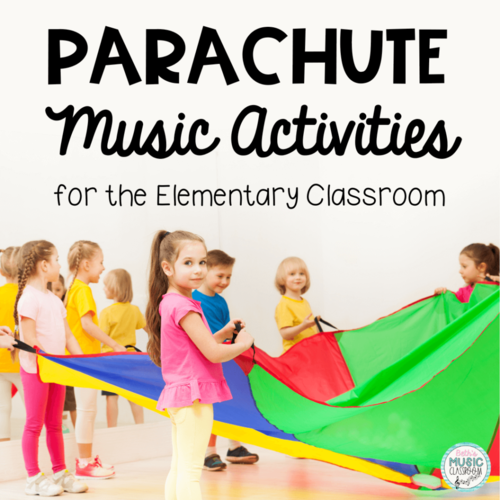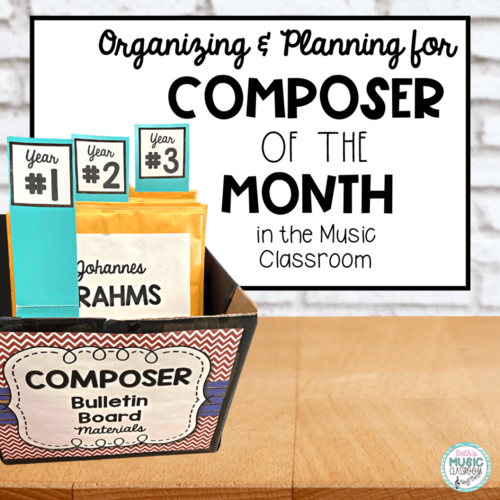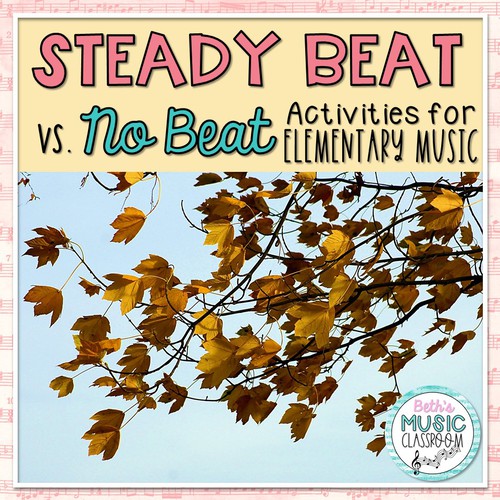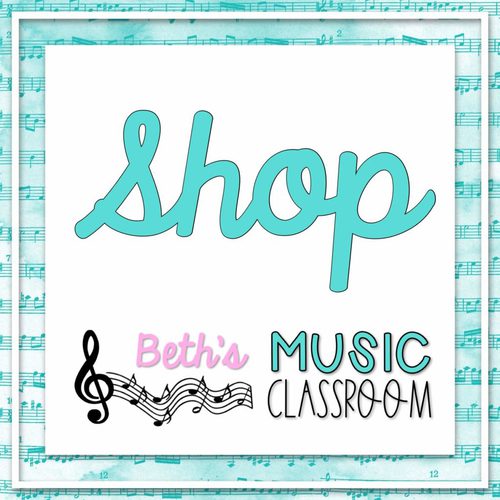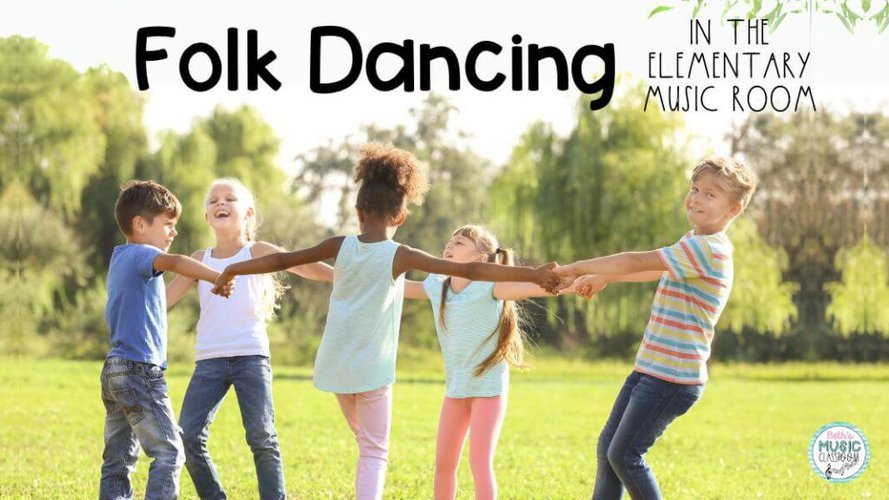
Folk dancing is a wonderful way to get your students up and moving and also to help them shake off all that extra energy they have. Plus, you may actually have folk dancing in your school curriculum. I just love adding folk dances into each of my elementary classes, and you can easily also.
Even if you’re brand new to the world of folk dancing, don’t worry. Today, I’m sharing some tips for getting started, helpful resources, and a few of my favorite folk dances. So let’s go!
Why Folk Dancing?
To begin with, folk dancing goes beyond just the physical movements that your students perform to the music. It is so much more – like a free ticket to explore different cultures, traditions, and styles of music. Not to mention, children learn coordination, teamwork, cooperation, and social skills at the same time! Oh, did I mention that they’ll be having a terrific time while folk dancing?!
Folk Dancing Resources
Secondly, let’s look at some valuable folk dancing resources that work well with grades K-6. I have used each of these books with my students in the past, and they have served a valuable part in my folk dancing curriculum.
My first and favorite suggestion is from New England Dance Masters. They have a large selection of books and recordings that I’ve used with ages 4-15 in the past.
Another great folk dancing resource is “Teaching Movement and Dance: A Sequential Approach to Rhythmic Movement.” This book, by Phyllis Weikart, includes helpful information for teaching and the specific movements for an extensive list of different folk dances. If you’re interested in the recordings for those dances, they are a part of “Rhythmically Moving.”
Weikart has many others that I’ve collected through the years. Many are out of print but may be found on ThriftBooks, AbeBooks, or West Music. For example, I enjoy “Movement in Steady Beat: Activities for Children 3 to 7” and “Movement Plus Rhymes, Songs & Singing Games: Activities for Children Ages 3-7” for preschool music.
Here’s two more fantastic books, perfect for the elementary music teacher (these are affiliate links – you pay the same price). By Lois Choksy and David Brummitt, “120 Singing Games and Dances for Elementary Schools” is a wonderful assortment of dances all categorized by skill level. Finally, John Feierabend’s book, “The Book of Song Dances,” is a valuable resource for continuing the folk dance tradition with your students.
In addition to the amazing books listed above, I love using folk dancing formation posters in my classroom. They are simple visual guides to help students move and stand in the correct position for the dance that we are learning. These aerial posters make it so easy, showing a bird’s eye view for a longways set, circle, double circle, square, etc. Find out more about this innovative poster set here!
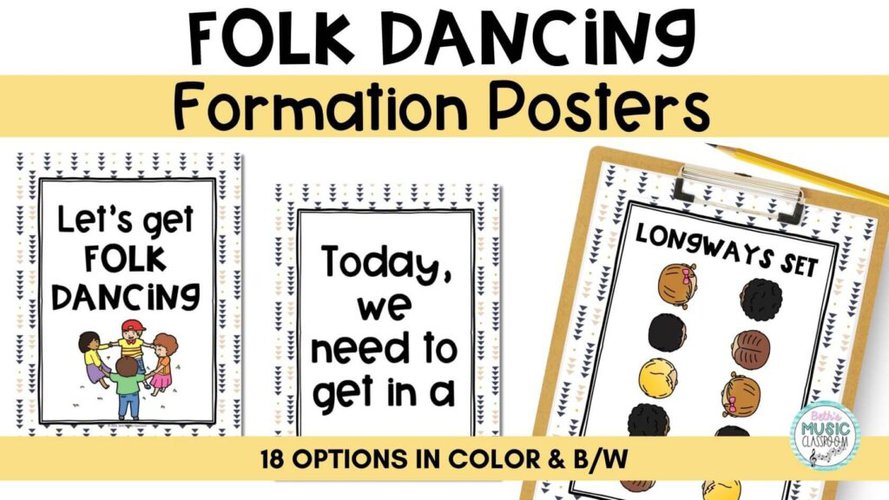
Simple Folk Dances for Elementary Music Class
Now, let me share with you my favorite folk dances that you can use in your elementary music classes. These are from several different cultures and musical styles. Here we go!
- Sasha: free-form Russian dance with lyrics; “Sasha” – nickname for Russian boys named Alexander or girls named Alexandra/Alexandria; 2 sections – dancing with partner A, and then walking around to find a new partner
- Bo Diddley: exciting longways set dance for young children; includes 2 rhythmic instruments
- Seven Jumps: circle dance from Denmark that includes cumulative body motions and lots of balancing
- Chimes of Dunkirk: adapted from a French circle dance into a longways set; very lighthearted and merry
- Alabama Gal: originates from Scotland, but now an American favorite; very popular in the mid-1800s
- Troika: Russian dance that translates to a 3-horse team, as they would pull a sleigh
- The Virginia Reel: lively folk dance, popular in colonial America; includes a variety of dance moves including do-si-do, sashay, and strip the willow
- The Mexican Hat Dance: high-energy Mexican dance with rhythmic footwork and quick tempo
Well, I hope these tips and list of simple folk dances will excite and engage your students and literally, put a spring in their step! I know they will enhance your music curriculum, but also, they’ll create exciting and lasting memories for your students.
Have you had a chance to use any of these folk dances, resources, or teacher tips? I’d love to hear from you about how they went! You can leave a comment below, email me (beth@bethsmusicclassroom.com), or send me a DM on Instagram @bethsmusicclassroom.

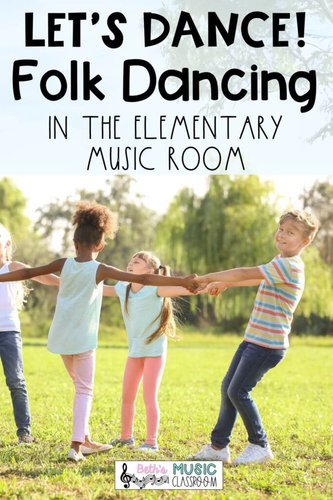
Here’s some other posts you may like.
